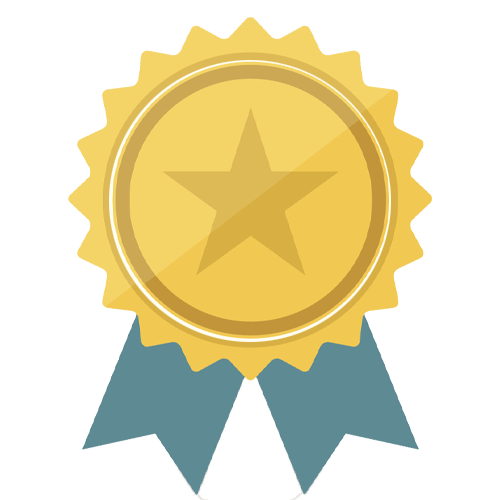If you watched the Olympics, you may have wondered what all those big circles were on Michael Phelps. You’re not alone. The marks, which are not permanent, are the side effects of the ancient Chinese practice of cupping.
Cortney Singleton, a licensed acupuncturist and owner of Integrative Living Well, which operates out of Orlando Power Yoga’s downtown location, offers both acupuncture and cupping to relieve a variety of ailments.
Cupping is similar to acupuncture. Using a map of the body created by ancient Chinese doctors, Singleton locates specific points where she will place cups based on the issues a patient wants to remedy.
There are three main forms of cupping. Glass cupping involves a practitioner placing a cotton ball soaked in rubbing alcohol into a small glass cup. Once the oxygen is burned out of the cup, it is placed on a patient’s skin. The cup is warm but not hot enough to burn the skin.
There are also rubber cups that can be manually squeezed to create suction.
Lastly, there are rubber cups with valves that can be suctioned using a small pump to remove the air. Singleton prefers to use this cupping method since it gives her more control over the strength of the suction.
The purpose of cupping is to bring rejuvenating blood flow and chi (or the energy of life) to the problem area. The suction is also thought to draw out impurities through the skin to facilitate healing.
No matter what method is used, the marks left from cupping usually resolve within 24 to 48 hours depending on how long the suction was left on and the patient’s own natural reaction.
Singleton says she has seen more interest in cupping since the Olympics.
“I think people are increasingly looking to traditional or ancient medicine practices because the basis of them is to help the body heal itself,” Singleton says.






Comments